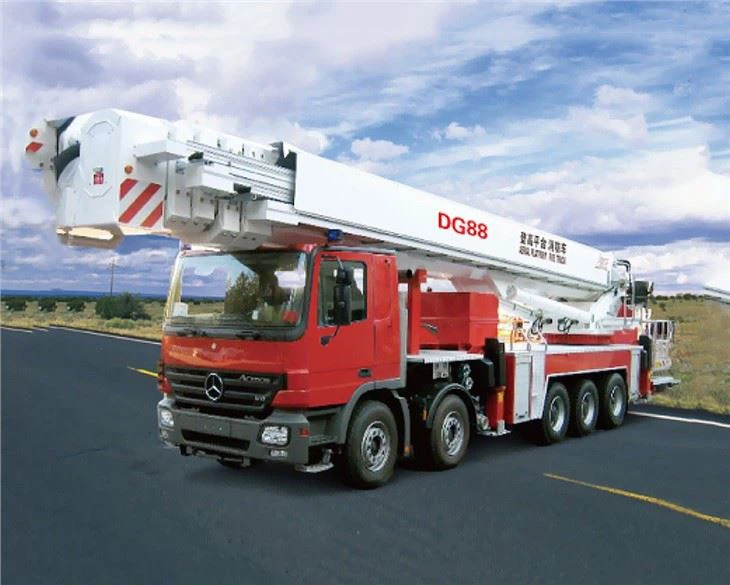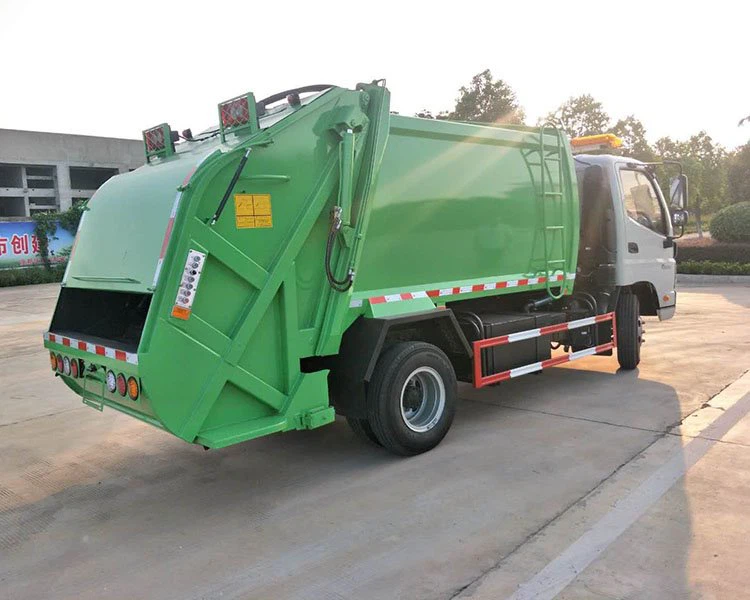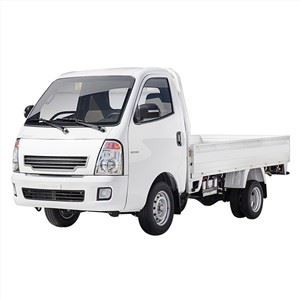Auto Extrication Tools: Essential Equipment for Saving Lives in Emergencies

In emergency situations, particularly automotive accidents, every second counts. Emergency responders rely on auto extrication tools to safely and efficiently rescue trapped individuals. This comprehensive article will explore various auto extrication tools, their uses, benefits, and vital tips for firefighters, paramedics, and other responders involved in emergency rescues.
Understanding Auto Extrication Tools
Auto extrication tools are specialized equipment designed to free individuals trapped in vehicles after accidents. These tools enhance the safety of both the victims and the rescuers. The most critical aspect of any extrication operation is to ensure that the victims receive prompt, efficient assistance while minimizing further injury.
The Importance of Auto Extrication Tools
The use of auto extrication tools can significantly improve the chances of survival for trapped individuals. Quick and effective use of these tools can reduce the time required for a rescue and decrease the risk of secondary injuries. Municipalities and emergency services are continually updating their tools and techniques to improve response times and outcomes in critical situations.
Key Categories of Auto Extrication Tools

Auto extrication tools can be categorized into several types, each designed for specific tasks. These categories include cutting tools, spreading tools, and lifting tools.
Cutting Tools
Cutting tools are designed to sever metal, glass, and other materials in a vehicle quickly and efficiently. Key cutting tools include:
Hydraulic Rescue Tools (Hurst Tools)
Commonly referred to as the “Jaws of Life,” hydraulic rescue tools are powerful devices that can cut through steel and other materials.
- Application: Used to cut through the roof, doors, and other structural components of a vehicle.
- Benefits: Provides speedy access to trapped passengers.
Reciprocating Saws
These portable saws are equipped with various blades to handle different materials.
- Application: Effective for cutting through roof supports, windshields, and dash areas.
- Benefits: Versatile and lightweight, making them easy to handle in tight spaces.
Spreading Tools
Spreading tools help create space by pushing apart panels and components, allowing rescuers to access trapped victims.
Hydraulic Spreaders
Another critical component of rescue operations, hydraulic spreaders can expand to create openings in damaged vehicles.
- Application: Used to separate doors from the car frame or widen gaps.
- Benefits: Increases interior access without further harming the occupants.
Lifting Tools
Lifting tools are used to stabilize and lift vehicles during rescues.
Air Bags
These inflatable lifting devices are crucial in stabilizing and securing a vehicle’s position after an accident.
- Application: Lift and stabilize vehicles while rescuers work.
- Benefits: Provides a safe and consistent lift when dealing with unstable wreckage.
Supplementary Tools and Equipment
In addition to the main categories of tools, other supplementary devices can enhance the efficacy of the rescue operation.
Hand Tools
- Applications: Hammers, pry bars, and bolt cutters help to access the vehicle and manipulate parts.
- Benefits: Often essential for minor adjustments or when power tools cannot be used safely.
Scene Lighting
Good visibility is vital during nighttime rescues or in low-light conditions. Portable lighting equipment improves safety and efficiency.
Safety Considerations During Extrication
Rescue operations can pose risks to both victims and emergency responders. Following proper safety protocols is essential throughout the process.
Assessing the Scene
- Importance: Always evaluate the surroundings before performing extrication to identify hazards like fires, unstable vehicles, or powered lines.
- Best Practices: Wear appropriate personal protective equipment (PPE) such as helmets, gloves, and eye protection.
Maintaining Communication
Clear communication among team members is crucial in ensuring a coordinated and safe rescue operation.
Technology and Innovations in Auto Extrication Tools
The landscape of auto extrication tools is continually evolving thanks to advances in technology.
Battery-Powered Tools
- Benefit: Battery-powered tools offer increased mobility and ease of use, eliminating the need for cumbersome hoses.
- Examples: Battery-powered hydraulic cutters and spreaders are becoming more popular.

Smart Technology Integration
Innovative designs are integrating smart technology for heightened safety and efficiency during rescues.
- Application: Sensors that provide real-time feedback on the structural integrity of the vehicle.
- Benefits: Help rescuers make informed decisions on how to proceed.
Training for Emergency Responders
Effective training is paramount for emergency responders using auto extrication tools. Here are key components to consider:
Regular Drills and Simulations

Hands-on training with actual equipment is vital for developing muscle memory and familiarity with tools.
Types of Drills
| Type of Drill | Description |
|---|---|
| Tabletop Exercises | Simulated scenarios for discussion and strategy development. |
| Live Extrication Drills | Hands-on practice with real tools and scenarios. |
Staying Current with Equipment
Emergency responders should stay informed about new equipment developments, ensuring they use the most effective tools available.
Practical Tips for Using Auto Extrication Tools
Routine Maintenance of Tools
Keeping tools in optimal condition enhances their effectiveness during emergencies.
- Tip: Regularly inspect hydraulic tools for leaks and functionality.
- Tip: Clean tools after each use to prevent corrosion and damage.
Pre-Plan for Common Scenarios
Understanding common types of accidents in your service area enables responders to prepare accordingly.
Frequently Asked Questions (FAQ)
1. What are the most common auto extrication tools used by emergency responders?
The most common tools include hydraulic rescue tools (Jaws of Life), hydraulic spreaders, and air bags.
2. How long does it typically take to extricate someone from a vehicle?
The time varies depending on the situation, but trained responders aim to extricate victims within 10 to 30 minutes.
3. Are battery-powered auto extrication tools as effective as traditional hydraulic tools?
Yes, battery-powered tools are increasingly effective, offering portability and ease of use while delivering significant power for extrication tasks.
4. How often should emergency responders train with extrication tools?
Regular training is recommended at least once or twice a year, with additional drills as new equipment is introduced.
5. What safety precautions should be taken during a rescue operation?
Assess the scene for hazards, maintain clear communication among team members, and use appropriate protective gear.
6. How do advancements in technology affect auto extrication tools?
Advancements lead to more efficient, portable, and safer tools, often integrating smart technology for real-time feedback during operations.
